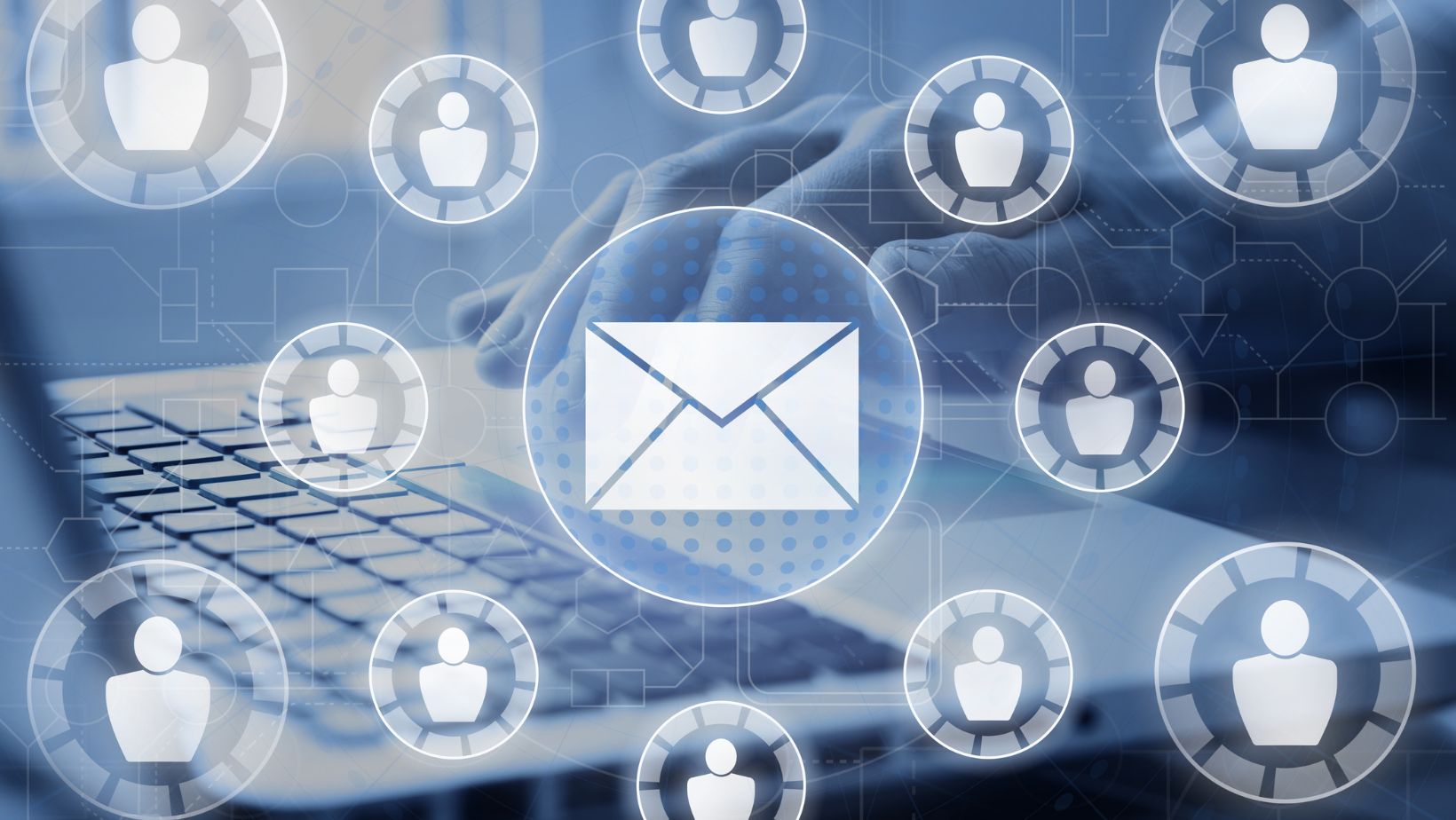
In today’s fast-paced digital world, where inboxes are flooded with countless messages daily, crafting a sales email that stands out is both an art and a science. A well-written sales email can be the difference between securing a new customer or being ignored entirely. But what makes a sales emails effective? How do you ensure your message not only gets opened but also drives action? In this comprehensive guide, we’ll explore the strategies, techniques, and best practices for mastering sales emails—messages that convert leads into loyal customers.
Understanding the Anatomy of a High-Converting Sales Email
Before diving into the specifics of writing compelling sales emails, it’s essential to understand their core components. A high-converting sales email typically includes the following elements:
1. A Strong Subject Line
A strong subject line should be concise, intriguing, and relevant to the recipient. Personalization, curiosity, and urgency are proven tactics to boost open rates. For example:
- “John, Here’s How We Can Boost Your ROI by 30%”
- “Don’t Miss Out on This Limited-Time Opportunity”
2. An Engaging Opening Line
Once your email is opened, the first sentence must immediately capture attention. Avoid generic greetings like “I hope this email finds you well.” Instead, focus on addressing a pain point, asking a thought-provoking question, or referencing something specific about the recipient. For instance:
- “Are you struggling to keep up with rising customer acquisition costs?”
- “I noticed your team recently launched [specific project]—congratulations!”
3. Clear Value Proposition
Your email should clearly communicate the value your product or service provides. Focus on how it solves a problem or fulfills a need for the recipient. Use simple language and avoid jargon. Highlight benefits over features. For example:
- Instead of saying, “Our software has advanced analytics,” say, “Our software helps you make smarter decisions faster.”
4. Social Proof and Credibility
People trust recommendations from others more than they trust brands directly. Including testimonials, case studies, or statistics adds credibility to your pitch. For example:
- “Over 500 companies have already seen a 40% increase in efficiency using our platform.”
5. A Clear Call-to-Action (CTA)
Every sales email should have one primary goal—a single, clear call-to-action. Whether it’s scheduling a call, downloading a resource, or signing up for a free trial, make sure your CTA is easy to follow and stands out visually.
6. Professional Yet Friendly Tone
Strike a balance between professionalism and approachability. Avoid overly formal language that might come across as cold, but don’t be too casual either. The tone should reflect your brand personality while resonating with the recipient.
Step-by-Step Guide to Writing Sales Emails That Convert
Now that we’ve covered the key components, let’s break down the process of crafting a winning sales email step by step.
Step 1: Research Your Audience
Understanding your target audience is crucial. Who are they? What challenges do they face? What motivates them? Use tools like LinkedIn, company websites, or CRM data to gather insights. Tailor your message based on these findings to ensure relevance.

For example, if you’re reaching out to a marketing manager, focus on how your solution can help them generate more leads or improve campaign performance. If targeting a CFO, emphasize cost savings and ROI.
Step 2: Write a Compelling Subject Line
As mentioned earlier, the subject line is critical. Experiment with different approaches:
- Personalization: Include the recipient’s name or reference their company.
- Curiosity: Pique interest without giving everything away.
- Urgency: Create a sense of FOMO (fear of missing out).
Test multiple variations to see which performs best. Tools like A/B testing platforms can help optimize your subject lines over time.
Step 3: Hook Them in the First Sentence
Grab attention immediately. Reference a recent achievement, mention mutual connections, or highlight a shared interest. For example:
- “Congratulations on your recent feature in [Publication Name]! I’d love to discuss how we can amplify your success further.”
This personal touch shows you’ve done your homework and aren’t sending a generic blast.
Step 4: Present Your Value Proposition
Clearly explain why your offering matters to the recipient. Focus on outcomes rather than technical details. Use storytelling techniques to paint a picture of success. For instance:
- “Imagine reducing your team’s workload by 50% while increasing output quality. That’s exactly what our clients experience with [Product/Service].”
Step 5: Add Social Proof
Reinforce your claims with evidence. Share success stories, client logos, or industry awards. For example:
- “Companies like [Well-Known Brand] trust us to deliver results. Let us show you how we can do the same for you.”
Step 6: End with a Strong CTA
Make it crystal clear what you want the recipient to do next. Use action-oriented language and create a sense of urgency. Examples include:
- “Schedule a quick chat with me this week to learn more.”
- “Claim your exclusive discount before it expires on Friday.”
Keep the CTA simple and easy to execute.
Step 7: Optimize for Mobile Devices
More than half of all emails are opened on mobile devices. Ensure your email is mobile-friendly by using short paragraphs, bullet points, and a clean layout. Test your design across various screen sizes to ensure readability.
Common Mistakes to Avoid in Sales Emails
Even experienced marketers sometimes fall into traps that reduce the effectiveness of their sales emails. Here are some common mistakes to watch out for:
1. Being Too Generic
Sending mass emails without personalization is a recipe for failure. Recipients can tell when an email isn’t tailored to them, and they’re likely to ignore it.

Always customize your message based on the recipient’s role, industry, or pain points.
2. Overloading with Information
Less is more. Avoid cramming every detail about your product or service into a single email. Focus on one key benefit and save the rest for future interactions.
3. Neglecting the Follow-Up
Not everyone will respond to your first email—and that’s okay. A well-timed follow-up can significantly improve response rates. However, avoid being pushy; instead, provide additional value in each subsequent message.
4. Failing to Address Objections
Anticipate potential objections and address them proactively. For example, if price is a concern, emphasize long-term savings or ROI.
5. Using Weak CTAs
Vague CTAs like “Contact us for more information” rarely inspire action. Be specific and direct about what you want the recipient to do.
Leveraging AI to Enhance Sales Emails
Artificial intelligence (AI) is revolutionizing the way sales teams craft and send emails. By leveraging AI-powered tools, you can streamline processes, personalize at scale, and analyze performance metrics to refine your strategy. Here’s how AI can elevate your sales email game:
1. Automated Personalization
AI tools can analyze vast amounts of data to personalize emails dynamically. They can insert names, reference past interactions, or tailor content based on user behavior—all without manual input.
2. Predictive Analytics
AI algorithms can predict the best times to send emails, identify high-potential leads, and recommend optimal subject lines based on historical data.
3. Content Optimization
Natural Language Processing (NLP) models can analyze your email copy and suggest improvements for clarity, tone, and engagement. Some tools even generate entire drafts based on your inputs, such as an AI Email Generator.
4. Performance Tracking
AI dashboards provide real-time insights into email performance, including open rates, click-through rates, and conversion metrics. Use this data to iterate and improve future campaigns.
Popular AI tools for sales emails include platforms like HubSpot, Outreach.io, and Copy.ai. These solutions empower sales professionals to work smarter, not harder.












